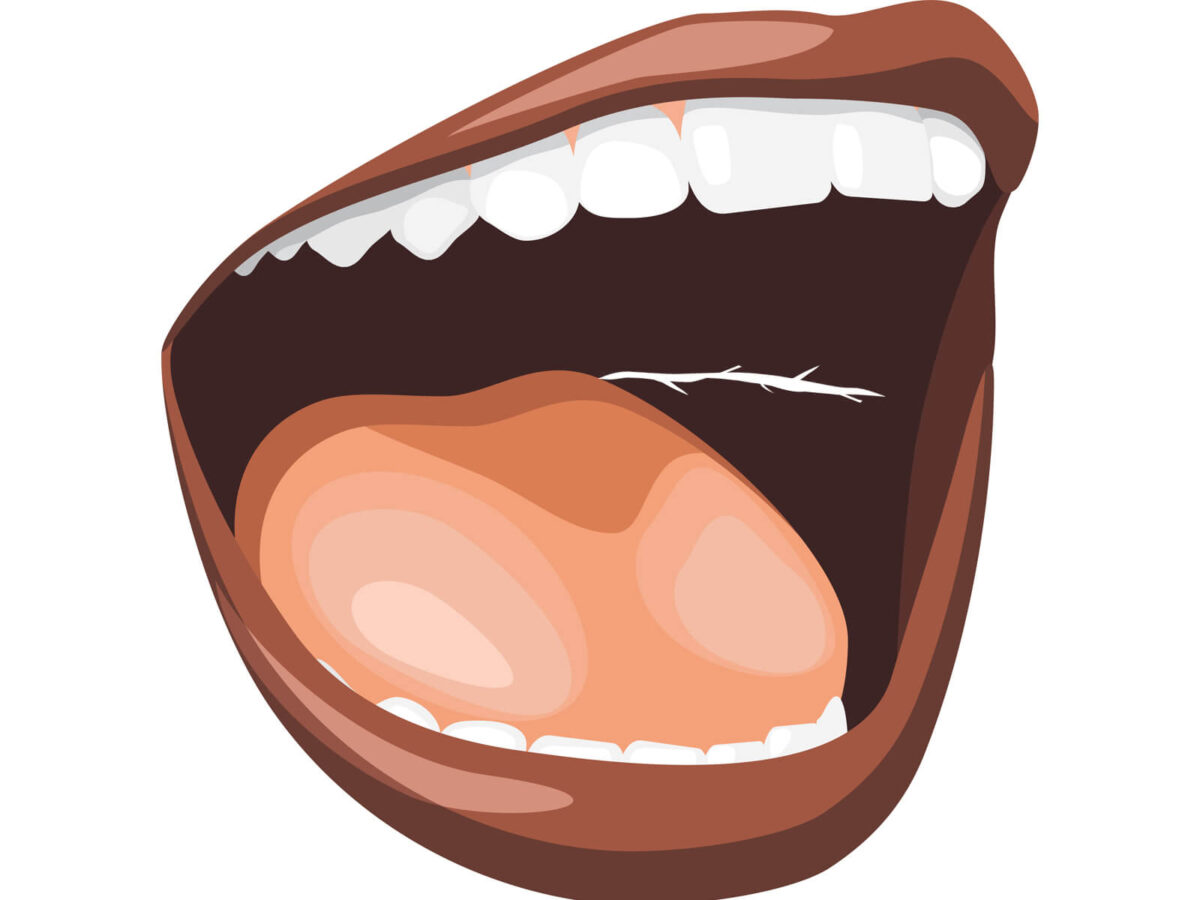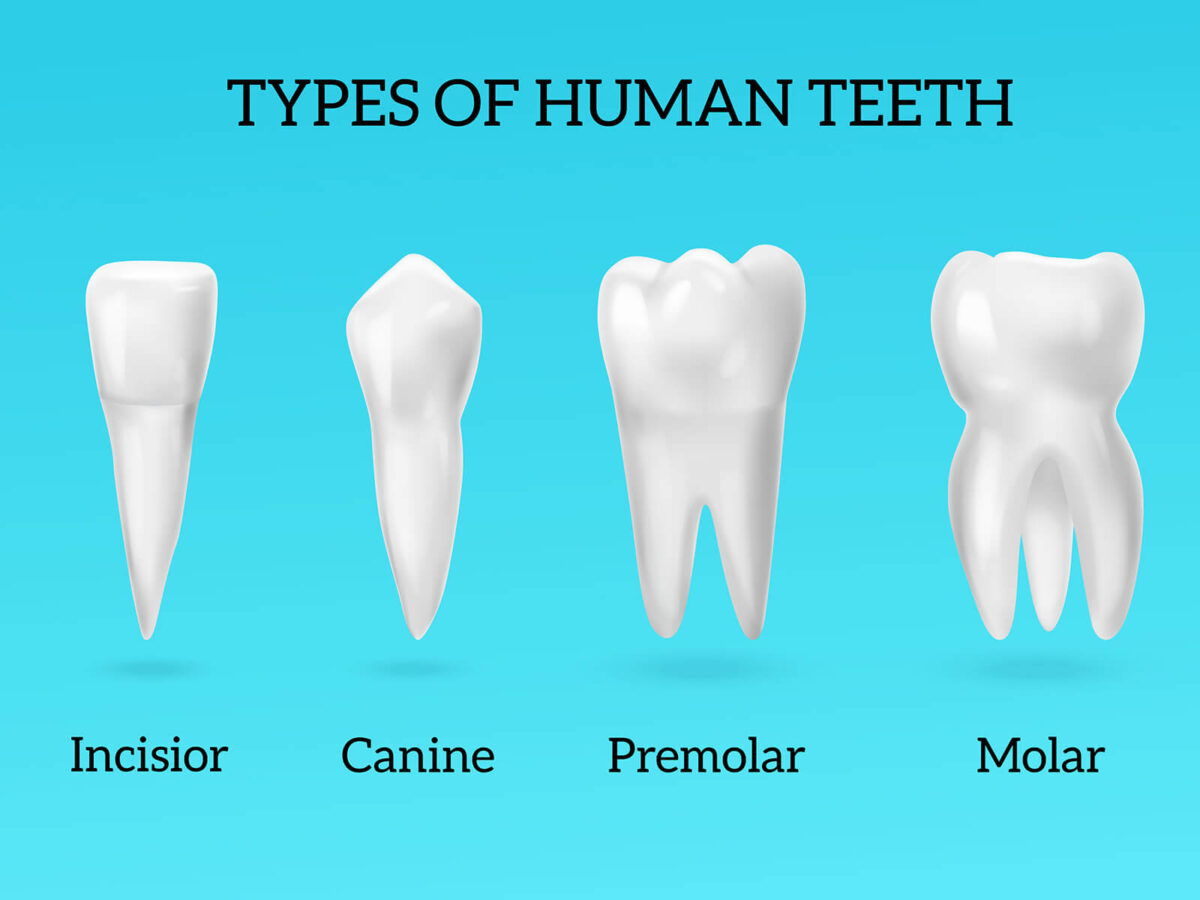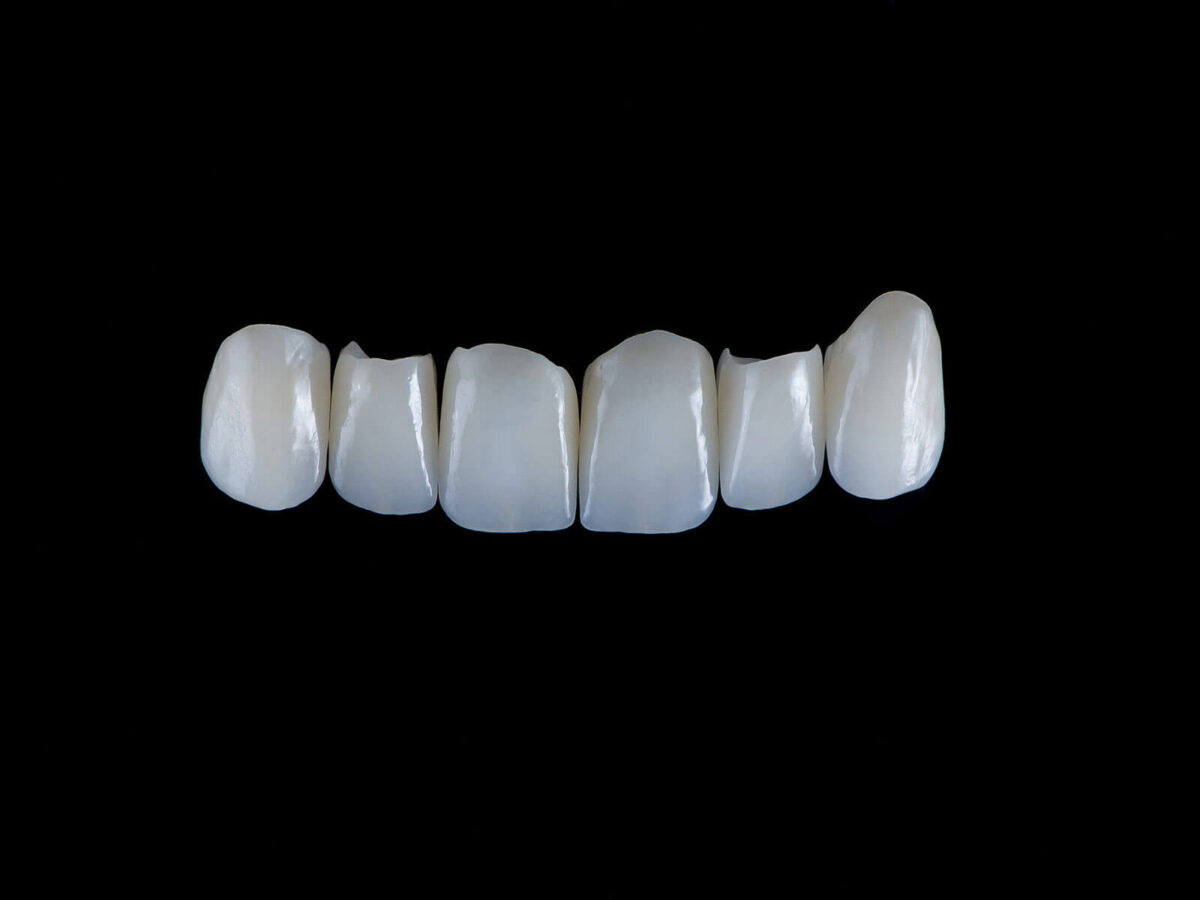Linea alba mouth stands out in the rich, complex terrain of oral and holistic well-being, carefully woven into the fabric of the mouth and abdomen. Linea Alba serves as a bridge between these two dissimilar universes, piquing the interest of those looking to understand their health better. As your guide on this diverse adventure, Elgin Dentist, TX, extends a warm invitation to delve into the complexities of Linea Alba.
Linea Alba and Oral Health
This thorough investigation seeks to unravel the secrets of Linea Alba, providing insights into its natural occurrence, causal reasons, and cosmetic consequences within the oral cavity. Beyond the mouth, we investigate the remarkable occurrence of Linea Alba in the abdomen, where it plays a different but equally important role.
Join us on this informative journey as we balance Linea Alba’s impact on dental health with its intriguing presence in the abdominal region. Elgin Dentist, TX hopes this exploration will provide individuals with knowledge that supports a holistic approach to health and wellness. Let us work together to solve the mystery of Linea Alba and achieve a state of harmony and vitality.
Understanding Linea Alba in the Mouth
Linea Alba is a benign, elevated, white line often appearing on the buccal mucosa. Frictional forces cause this condition during regular chewing or grinding activities. It is a common occurrence and does not indicate a medical condition.
Dentists frequently see Linea Alba during routine examinations, and its presence is a clinical indicator rather than a cause for alarm. This oral manifestation emphasizes the importance of recognizing typical differences in the mouth, leading to a more complete understanding of oral anatomy and variances in various people.
Linea Alba’s Abdominal Presence
Linea Alba refers to a fibrous tissue that runs vertically along the abdominal midline. It comprises connective tissue and acts as the meeting point for the abdominal muscles, particularly the rectus abdominis. This naturally occurring line becomes more visible during particular motions, such as abdominal contractions or flexion exercises.
The Linea Alba is an essential component of the musculoskeletal system that helps to maintain abdominal stability. Its appearance and integrity are frequently evaluated during medical examinations, and its presence is required for healthy abdominal function, which contributes to core strength and general postural stability.
Linea Alba’s Impact on Oral and Abdominal Health
1. Oral Health:
- Benign Indicator: Linea Alba is a raised white line on the buccal mucosa that can be created by friction when chewing or grinding.
- Clinical Sign: Dentists use its existence as a clinical indicator during examinations to emphasize its innocuous nature and the need to recognize variances in oral architecture.
2. Abdominal Health:
- Structural Stability: In the abdominal context, Linea Alba is a fibrous tissue that connects abdominal muscles, specifically the rectus abdominis.
- Core Functionality: It is essential for maintaining abdominal stability, core strength, and general musculoskeletal balance.
- Visible Indicator: Its visibility during specific movements improves medical exams by demonstrating normal belly function and postural support.
Linea Alba’s Effect on Oral Aesthetics
- Non-Cosmetic: Linea Alba is a natural phenomenon and not a cosmetic concern.
- Harmless Variation: Dentists recognize it as a normal variation that does not damage the smile’s overall appearance.
- Diagnostic Marker: While it does not negatively impact oral aesthetics, it can be used as a diagnostic marker during dental examinations.
Conclusion
Elgin Dentist, TX, has emerged as a beacon of knowledge and assistance in understanding Linea Alba and its impact on oral and general health. Individuals discovering the mysteries surrounding Linea Alba can build a better connection with their bodies and adopt proactive steps for a lively and healthy smile. Join Elgin Dentist, TX, on an informative journey to learn about the complexity of Linea Alba and how to take a holistic approach to well-being.



